contraception | Japan | Syria case study | population pyramids
Stage 1
Stage 2
Stage 3
Stage 4
Stage 5
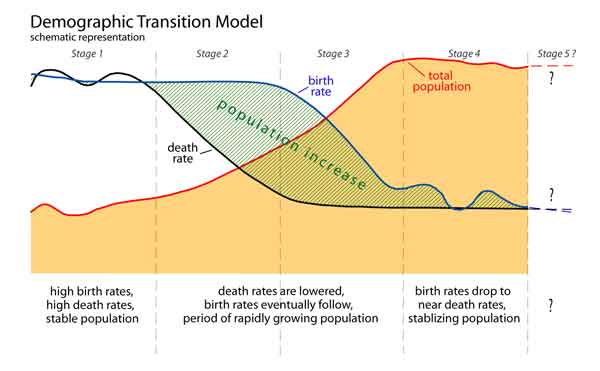

| The demographic transition theory | |||||||||
|---|---|---|---|---|---|---|---|---|---|
Stage 1 |
Stage 2 |
Stage 3 |
Stage 4 |
Stage 5 |
|||||
 |
|||||||||
 |
|||||||||
Dynamics of growth |
|||||||||
Population dynamics is the branch of life sciences that studies short-term and long-term changes in the size and age composition of populations, and the biological and environmental processes influencing those changes.
How do we explain population dynamics with regards to the World and our pieces of that world?
![]()
The World is a constantly accelerating place.
Age composition of any population is crucial to comprehend for the five following reasons:
Reading age specific (cohort) enumerations of populations or "population pyramids."
![]()
The Syrian versus the United States' age structure: Wiki page; population dynamics
![]()
The analysis of demographic change is population dynamics.
![]()
"There is evidence that the 2007−2010 drought contributed to the conflict in Syria. It was the worst drought in the instrumental record, causing widespread crop failure and a mass migration of farming families to urban centers. Century-long observed trends in precipitation, temperature, and sea-level pressure, supported by climate model results, strongly suggest that anthropogenic forcing has increased the probability of severe and persistent droughts in this region, and made the occurrence of a 3-year drought as severe as that of 2007−2010 2 to 3 times more likely than by natural variability alone. We conclude that human influences on the climate system are implicated in the current Syrian conflict."
Kelley et. al. "Climate change in the Fertile Crescent and implications of the recent Syrian drought" PNAS; National Academy of Sciences vol. 112 no. 11 > Colin P. Kelley, 3241–3246, doi: 10.1073/pnas.1421533112.
2011, The Arab Spring: revolts in Tunisia, Egypt, Libya, & Syria.
Japan as a key nation in the world, Third in economic muscle; though that is disputed by India.
Male |
Female |
|||
|---|---|---|---|---|
 |
||||
| The baby boom years. | ||||
| United States population growth from natural increase based on cohort sizes. | ||||
The metric:
 Six reasons that the world does not stand still:
Six reasons that the world does not stand still:
contraception | Japan | Syria case study | population pyramids
What is morphology, a study of form?
the study of the forms of things, in particular:
• Biology – morphology is the branch of biology that deals with the form of living organisms, and with relationships between their forms, shape, size, and structures.
• Linguistics – morphology is the study of the forms of words.How to interpret a "population pyramid"
Notice how in the UK 2000 pyramid there is a bulge in the area of the 30-34 and 35-39 age groups, with the numbers thereafter reducing fairly steadily as the ages increase. This matches stage 4 of the demographic transition model.
Relative sizes of the cohorts in four year groups. When? Generations World War Two Baby Boom Boomlet 14 years ago United Kingdom's population structure in 2000.
contraception | United States population structure | Japan | Syria case study | population pyramids
It is based on an analysis of Cohort Fertility Rates; that is the number born in a given year separated by gender into male & female.
Demography the "structure" of the population is the shape of the stacked cohorts to reveal cohort life expectancy:
- Age structure
- population pyramid is not really a pyramid:
Growth is visually portrayed in more than one manner.
How population changes based on the TFR: United Nations map of fertility rates over seventy years.
contraception | Japan | Syria case study | population pyramids
A generation's experiences of
France & Germany once bitter rivals; formed the European Common Market on March 25, 1957.
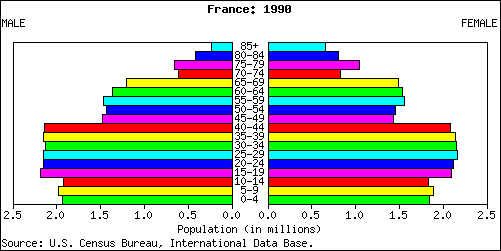

66 million inhabitants of France and 80 million inhabitants of Germany in 2013.
Germany in 1939
![]()
Use of contraceptive devices for health and family planning.
![]()
a double shot of difficult challenges: the twin necessities of arable land & biological diversity.
![]()
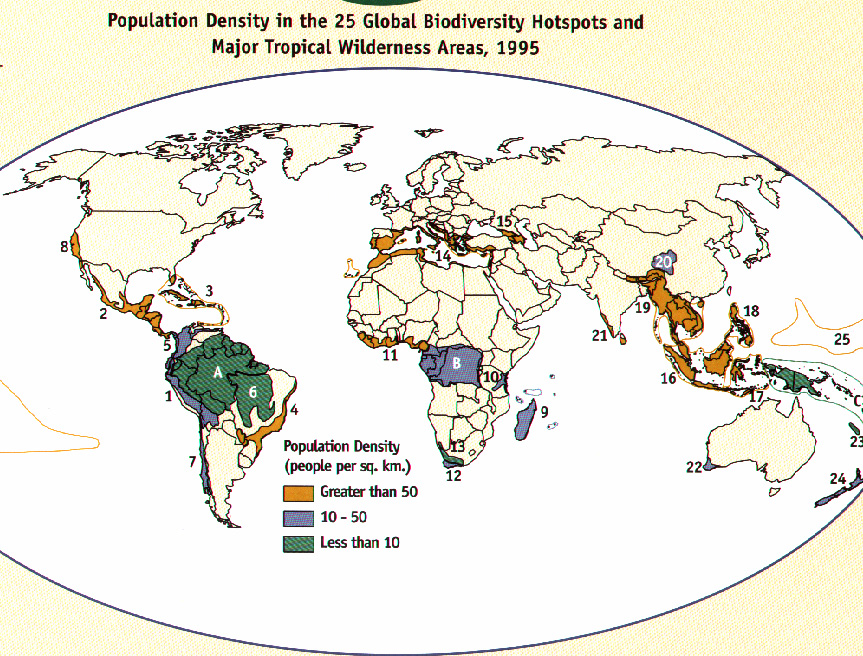
![]()
Forested areas of the United States and Acid precipitation readings from fossil fuel use.
Where are we going to be growing?
A geographer knows more than we do!
The mountains of men and women are like . . . casting shadows across the land?
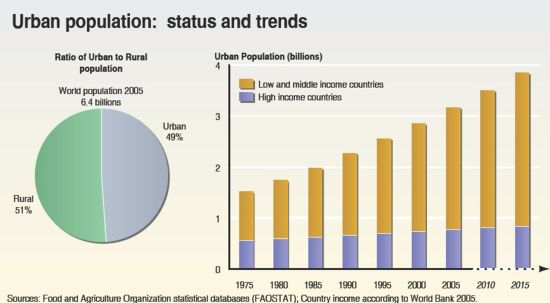
The largest US cities:
If the USA where split into equal population areas.
Garrett Hardin is critical of subsidies.
Subsidies, how much do energy fuels get what from whom?
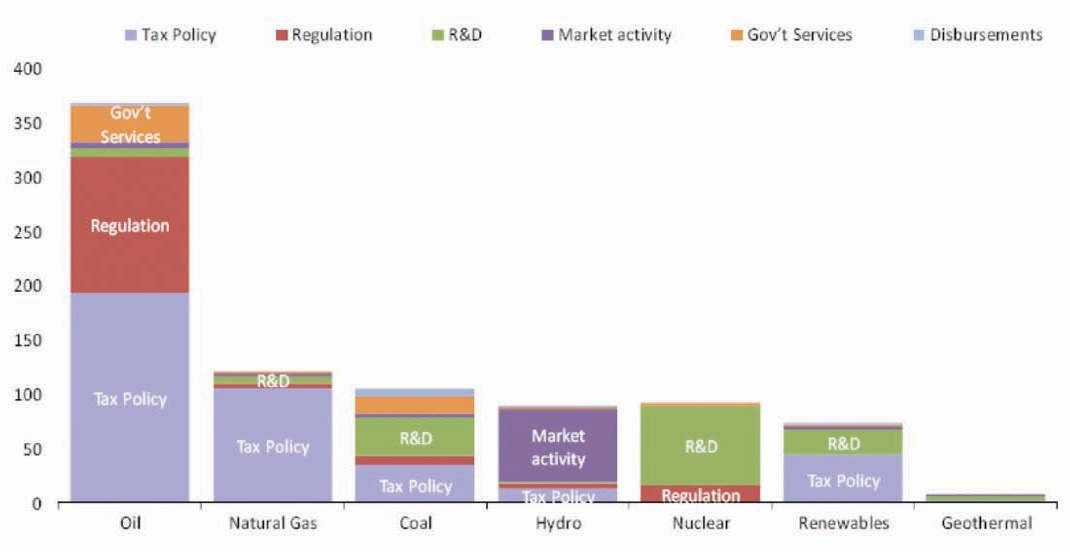
The percentage of subsidies to types of fuel sources that are the energy generating pie:
What is the country's demographic characteristics?
Projecting the nation's growth
population |
IMR |
TFR |
GNI/PPP |
life expectancy |
<15 |
Modern Contraception |
Urban |
density |
|
|---|---|---|---|---|---|---|---|---|---|
| millions | 2007 | 2013 | |||||||
| 22 | 17 | 3 | $1,850 | 74 | 35% | 38% | 54% | 119 | |
| Male | Female | ||||||||
| 72 | 78 | ||||||||
| Undeveloped | 64 | 4.3 | $1,970 | 60 | 62 | 40% | 30% | 28% | World Bank |
Syria is among the more densely populated nations in Western Asia.
Here is how one professor's approaches the problem of population morphology: University of Arizona
"WATER, DROUGHT, CLIMATE CHANGE: UNDERSTANDING THE WAR IN SYRIA." May 28, 2014.
30 √ Reports: How do you and your parents diverge & converge on family sizes? (Post to Wiki).
GNI is the sum of value added by all resident producers plus any product taxes (less subsidies) not included in the valuation of output plus net receipts of primary income (compensation of employees and property income) from abroad.
Morphology, the study of structural change over time; the shape of a demographic profile shifts over time.